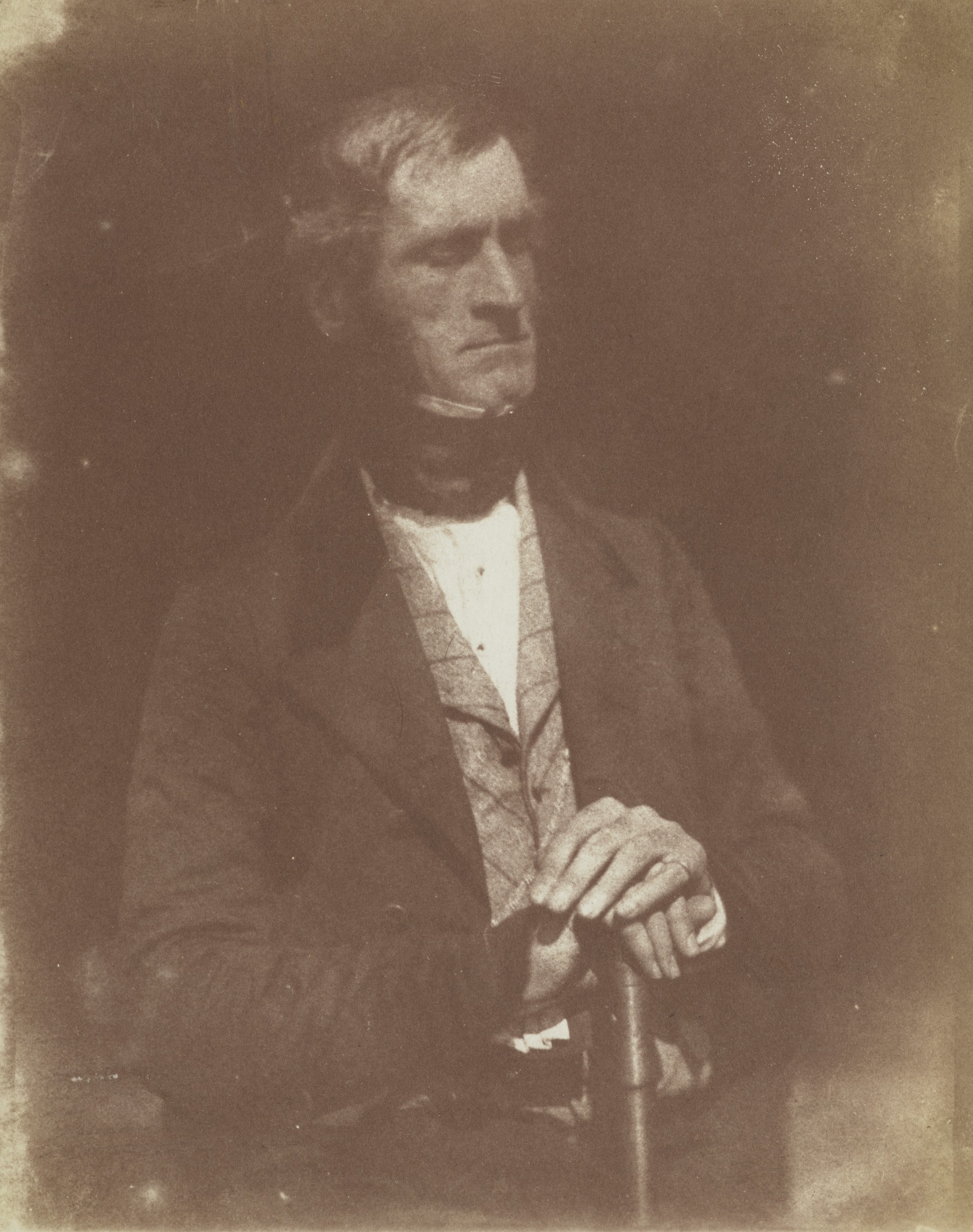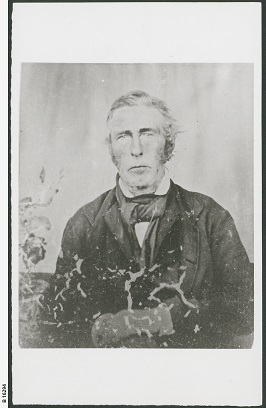Makgill to Magill
The name Makgill is believed to be derived from "Mac an ghoill", which means son of a lowlander or son of a stranger1. The name has been in evidence around Galloway, Scotland since the thirteenth century. During the reign of James V of Scotland a descendant of the Makgill’s of Galloway became a well known Edinburgh merchant2. He went on to hold the position of the Provost of Edinburgh, which is something similar to what today, we would regard as the Mayor. His eldest son, Sir James Makgill, purchased the estate of Nether-Rankeillor in Fife. In 1554 as a member of Scotland’s Supreme Court he took the title of Lord Rankeillor2.
In 1651 another family member was elevated to the peerage as Viscount of Oxford2. His son Robert Makgill became the second Viscount Oxfuird. When the second Earl’s son, Thomas died before his father, it left the title vacant. Thomas’s sister claimed the vacant title for her son, but this was challenged by James Makgill of Nether-Rankeillor. The House of Lords refused both claims and the title remained dormant2. Another younger sister of Thomas assumed caretaker ship of the property of the Viscount of Oxfuird, but was never granted legal right to the title. The Nether-Rankeillor estates eventually passed through an heiress to Frederick Lewis Maitland, sixth son of the Earl of Lauderdale3. The family assumed the name of Maitland Makgill. Frederick Lewis Maitland’s grandson, David Maitland Makgill became heir to the Crichton viscountcy of Frendraught. He adopted the name of Maitland Makgill Crichton2.
It was Sir David Maitland Makgill Chrichton of Fifeshire that inadvertently brought the name of Makgill, to South Australia.

David Maitland Makgill Chrichton 1801-1851 of Rankiellor Editor of the Fife Sentinel. A photo held in the Scottish National Portrait Gallery.
It was taken by David Octavius Hill 1802-1870 and Robert Adamson 1821-1848. It was bequeathed by James Brownlee Hunter 1928.
Sir David Maitland Makgill was trustee to the family of Robert Cock, who with his wife and family, were aboard the HMS Buffalo when it arrived in South Australia on December 28th 1836. Robert Cock had been married twice, and brought the children of both marriages to South Australia. His first wife Betty died in 1830. He set up in business in Adelaide as an auctioneer, along with a fellow passenger from the Buffalo, William Ferguson. They also went into partnership with the purchase of section 285. The property, they named Makgill Estate, in honour of the trustee of the Cock family. In June 1838 Robert Cock discovered a route through the Adelaide hills to Mount Barker4. In December 1838 he conducted a survey of the eastern Yorke Peninsula. The following year, in the schooner Victoria, he explored the western coast of Yorke Peninsula and the eastern coast of Eyre Peninsula as far as Port Lincoln4. The name of Robert Cock rarely gets a mention with the explorers of South Australia. Why would this be? Perhaps it was brought about by his disagreement with Colonel Light, along with Governor Hindmarsh, as to the site of Adelaide. Both of them believed that the commercial hub of South Australia must have close access to a seaport, not a seven mile cart trip, as was required to reach the Port of Adelaide. When Governor Hindmarsh arrived in South Australia, he accompanied Col. Light to the site he had chosen for the capital. Robert Cock also accompanied them. They both voiced their concerns to Col. Light, who respectfully disagreed with them5.
In the late 1830’s, through a number of factors, Cock and Ferguson experienced financial difficulties. Robert Cock and William Ferguson decided to sub-divide their Makgill Estate. The two acre blocks were to help the establishment of the Makgill village. They also sold their Adelaide business property in Rosina Street City. Rosina Street was named after William’s wife, Rosina Ferguson6. Robert Cock took up farming at Balhannah in the Adelaide Hills. He later moved to Mount Gambier as one of the first settlers in that district, and opened a brewery. His son James Cock became M.H.A. for Victoria from 1833-19014.

A photo of Robert Cock
The State Library of South Australia Ref B16294
Around the late 1840’s the name of Makgill appears to change in the colony, to that of Magill. Was it perhaps a typographical error that came to be accepted, or was it because of a feud? It was well recorded, and well known, that there was an ongoing public feud between Governor Hindmarsh and the resident Commissioner, James Hurtle Fisher. This feud had begun on board the Buffalo, en route to South Australia. The resident Commissioner was second in authority to the Governor. Each had a different idea of where their separate responsibilities began and ended. We have already established that Robert Cock was with Governor Hindmarsh and Colonel Light, on the initial tour of the site Light had chosen for the capital. Also that Hindmarsh and Cock opposed the intended location. Due to the ongoing feud between Fisher and Hindmarsh, over this and other matters, Hindmarsh was recalled to England. He was replaced by Governor Gawler, who was given the position of resident Commissioner as well as that of Governor. So both Hindmarsh and Fisher had been relieved of their responsibilities. But of course Hindmarsh was back in England and Fisher was still in South Australia. As also was Robert Cock. Fisher was to become the first Lord Mayor of Adelaide and lay the foundation stone of Colonel Light’s memorial in Light Square7. Could there have been pressure to limit the influence of Robert Cock in the fledgling Colony? Including his vast areas of exploration that have remained virtually unknown. Robert Cock resigned from his official position that of selling Government Land, a position that was answerable to James Hurtle Fisher. The resignation of Cock and Fisher were announced on the same day8. Robert Cock’s, explorations of South Australia began at this time.
From around this time Magill, was the accepted spelling of the village that grew from Robert Cock and William Ferguson’s Makgill Estate.
Researched and compiled by Jim Nelson, a volunteer with the Campbelltown Library “Digital Diggers” group.
If you have any comments or questions regarding the information in this local history article, please contact the Local History officer on 8366 9357 or hthiselton@campbelltown.sa.gov.au
References
- Black, George Fraser & New York Public Library 1971,The surnames of Scotland : their origin, meaning, and history, New York Public Library, New York
- Way, George, of Plean & Squire, Romilly 1994, Collins Scottish clan & family encyclopedia, Harper Collins Publishers, Glasgow, p 262 – 263
- Ric, D. (2015). Capt. Hon. Frederick Lewis Maitland of Rankeillour. [online] Geni Family Tree. Available at: https://www.geni.com/people/Capt-Hon-Frederick-Lewis-Maitland-of-Rankeillour/6000000010030134661 [Accessed 8 Nov. 2018].
- En.wikipedia.org. (2018). Robert Cock. [online] Available at: https://en.wikipedia.org/wiki/Robert_Cock [Accessed 8 Nov. 2018].
- South Australian Gazette and Colonial Register (Adelaide, SA : 1836 - 1839) Saturday 14 July 1838 p 2
- South Australian Gazette and Colonial Register (Adelaide, SA : 1836 - 1839) Saturday 13 October 1838 p 2
- 'Fisher, Sir James Hurtle (1790–1875)', Australian Dictionary of Biography, National Centre of Biography, Australian National University, http://adb.anu.edu.au/biography/fisher-sir-james-hurtle-2045/text2531, published first in hardcopy 1966, accessed online 8 November 2018.
- Southern Australian (Adelaide, SA : 1838 - 1844) Saturday 8 December 1838 p 1
